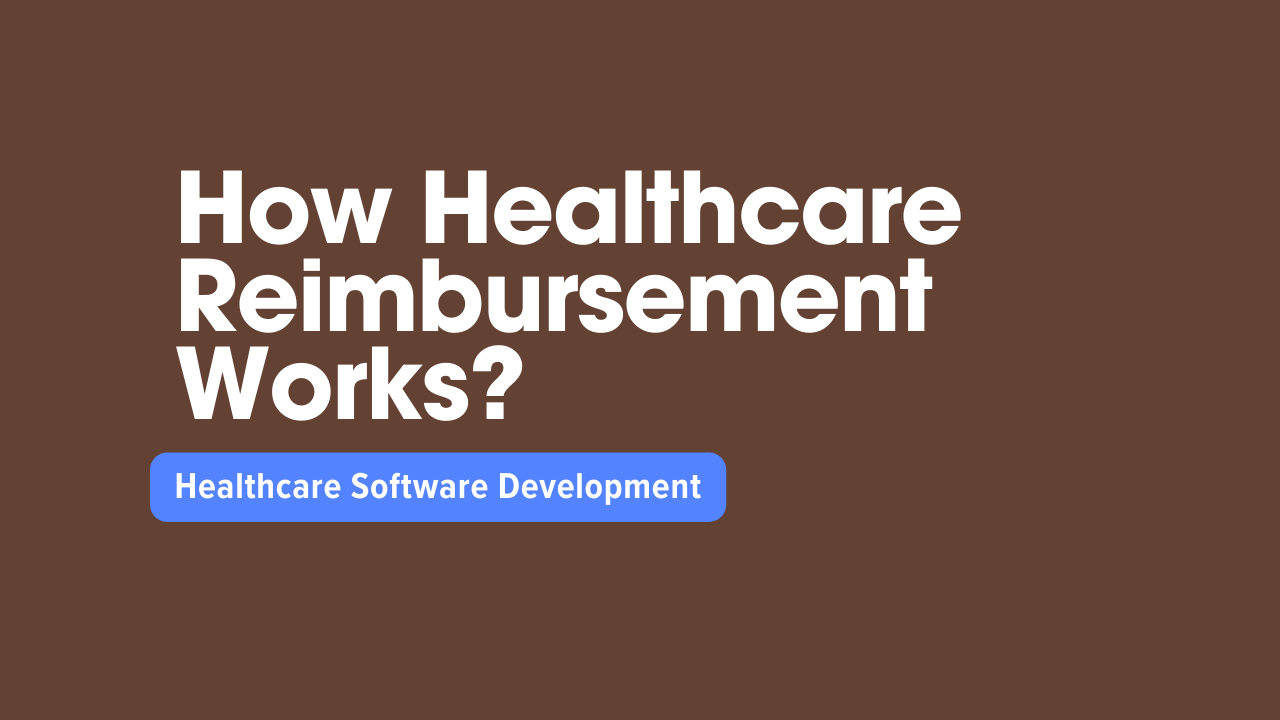
In many industries, financial transactions are swift and seamless. A swipe of your card, a tap on your phone, and the purchase is complete. However, healthcare reimbursement stands contrast to this simplicity.
Characterised by intricate coding, voluminous paperwork, and extended processing times, the current system presents significant challenges for both patients and providers.
Let’s dig into the complexities of healthcare reimbursement, exploring its impact on various stakeholders and highlighting potential avenues for improvement.
Providers In Healthcare Systems
When embarking on a personal health journey, understanding the various players involved is crucial. Healthcare providers, a diverse group encompassing doctors, nurses, therapists, and even hospitals and clinics, form the foundation of your medical support system. Importantly, they stand distinct from health insurance companies, entities which act as financial facilitators rather than direct care providers.
Healthcare providers play a multi-faceted role in ensuring your well-being. They actively engage in:
- Diagnosis: Utilizing their expertise and specialized tools to pinpoint the root cause of your health concern.
- Treatment: Formulating tailored treatment plans, including recommending medications, procedures, or therapies.
- Support: Providing ongoing guidance and support throughout your recovery and beyond, including preventative measures for future health maintenance.
Unlike health insurance companies which primarily reimburse costs, healthcare providers are directly involved in delivering the care itself. They act as your partners in navigating the complexities of your health, offering expertise, compassion, and personalized attention. Remember, they are not simply individuals you visit, they are a dedicated team working collaboratively to safeguard your health, the most valuable treasure you possess.
Payers In Healthcare Systems
Within the intricate world of healthcare, providers deliver the care, but payers are the ones footing the bill (or at least a significant portion of it). These financial players ensure that the services rendered by providers are covered, making healthcare more accessible to patients.
There are several key players in the payer landscape:
- Health Insurance Companies: These commercial entities offer health plans to individuals and groups, collecting premiums in exchange for covering a defined set of medical services. Think of them as your personal health insurance “fairy godmother,” waving their wand (or rather, their checkbook) to pay for covered care.
- Government Programs: Medicare and Medicaid, funded by taxpayer dollars, provide health coverage for specific populations like retirees, low-income individuals, and families. They act as the “public health financiers,” ensuring access to essential care for those who might otherwise struggle to afford it.
- Employers: Some employers offer health insurance plans as part of their employee benefits package. These “corporate healthcare sponsors” contribute financially to ensure the well-being of their workforce.
How Healthcare Reimbursement Works?
Healthcare is a vital part of our lives, but the financial side can feel like a tangled web. How providers get paid is a key piece of this puzzle, and understanding it empowers you to navigate your healthcare journey more effectively. So, let’s delve into the steps involved in healthcare reimbursement:
The Medical Encounter
You visit a healthcare provider – a doctor, nurse practitioner, or specialist – for a consultation, test, or procedure. During this encounter, they carefully document your medical history, symptoms, diagnosis, and treatment plan. This detailed story forms the foundation for the next steps.
Coding to Translating into “Insurance Speak”
The provider’s office translates your medical encounter into a bill using specialized medical codes. These codes, like complex language, describe the services provided, the diagnosis, and other relevant details. Think of it as a translator ensuring your unique medical story is understood by the insurance company.
Off To the Payers
The meticulously crafted bill, complete with its coded narrative, sets sail to your insurance company (or multiple insurers, depending on your plan). They act as the “payers,” responsible for reviewing and processing claims submitted by providers.
The Insurance Review
The insurance company meticulously reviews the bill against your plan’s coverage and the accuracy of the codes. Imagine them as detectives, meticulously examining the bill and comparing it to their “policy scrolls” to verify its validity.
Payment Decisions and Potential Twists
If everything checks out, the insurance company sends a payment (usually not the full amount) to the provider. Think of them sending a “treasure chest” containing only a portion of the total cost, not the full bounty.
Sometimes, the insurance company might request additional information (“more medical hieroglyphics, please!”) or even reject the claim altogether if discrepancies are found.
Sharing the Burden with Your Contribution
Most plans have deductibles and copays, meaning you, the patient, are responsible for a portion of the bill. This acts as your “down payment” before the insurance company contributes. Understanding your specific plan details is crucial to knowing your financial responsibility.
The Provider’s Share
After deducting your share and any adjustments made by the insurance company, the provider receives the remaining payment. This represents their final “treasure” for the services they rendered.
This is a simplified overview, and different payment models exist, like fee-for-service, bundled payments, and capitation.
The complexity increases when dealing with multiple insurers or government programs.
Staying informed by tracking your bills and insurance statements empowers you to understand how providers are paid and how you contribute, ultimately leading to better healthcare decisions.
Healthcare Payer Solutions – What Role Are They Playing?
In the complex world of healthcare, payer solutions act as bridges between providers, patients, and the financial aspects of care. They encompass various tools and technologies designed to:
Optimize claims processing: Imagine automated systems swiftly reviewing and validating claims, reducing administrative burden for both providers and insurers.
Enhance financial management: Think of sophisticated tools for providers to track payments, identify coding errors, and optimize revenue cycles.
Improve communication and transparency: Picture secure platforms for providers and patients to readily access claim details and payment information.
Drive value-based care: Consider solutions that incentivize providers based on quality outcomes, shifting the focus from volume to patient well-being.
Technology plays a crucial role:
Automation: AI-powered tools automate tasks like claims processing, freeing up human resources for more complex issues.
Data analytics: Real-time data insights help identify fraud, improve claims accuracy, and predict future costs.
Mobile solutions: Convenient apps empower patients to access their health information and manage payments easily.
Outcomes
Increased efficiency: Faster claims processing, reduced errors, and improved communication lead to a smoother financial experience.
Cost savings: Optimized workflows and fraud detection contribute to cost reductions for both providers and payers.
Improved patient experience: Transparency and easier access to information empower patients to be more informed participants in their care.
Healthcare payer solutions are evolving rapidly. Staying informed about their advancements can empower you to navigate the financial aspects of your healthcare with greater ease and confidence.
Healthcare payer solutions are emerging as a major force in the software development landscape. Top software development companies are leveraging cutting-edge technology to tackle real-world challenges in healthcare finance.
By devising innovative solutions like automated claims processing, data-driven fraud detection, and patient-facing communication tools, they’re streamlining workflows, reducing costs, and improving the overall experience for providers, payers, and patients alike.
This trend is poised to continue, making healthcare payer solutions a key area for innovation and positive impact.






